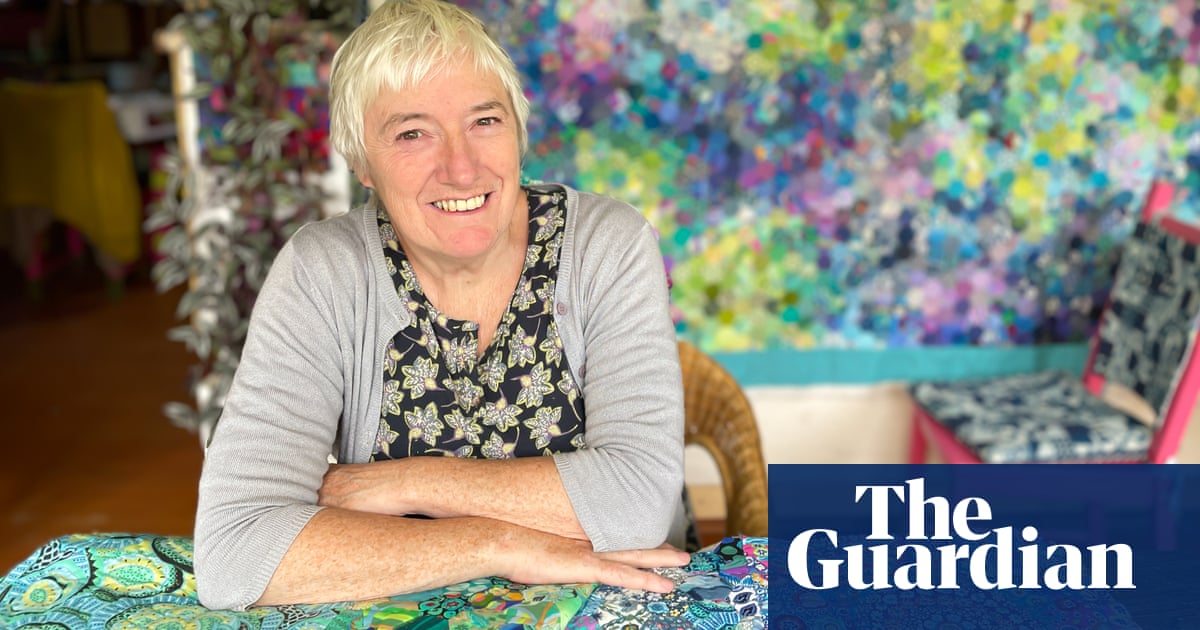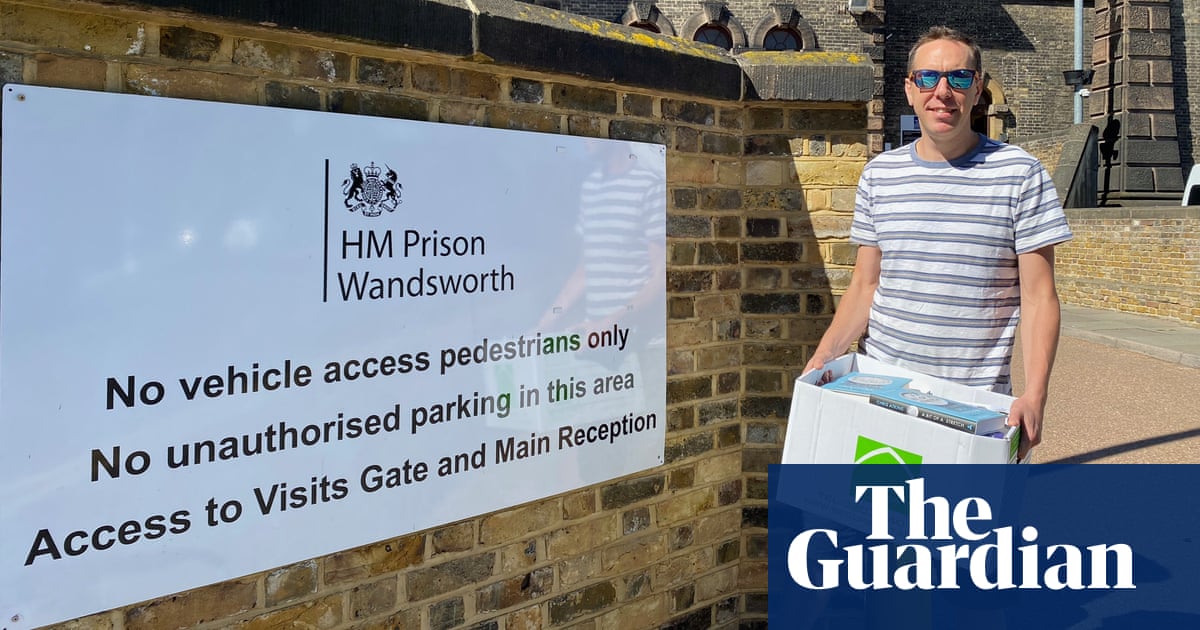
ur lives could all do with a bit of magic in them right now and Justin Quinnell is promising just that: “Using nothing more than a piece of card,” he says, “people can turn their rooms into camera obscuras and create some true lockdown wonder,” he says.
Quinnell helps run World Pinhole photography day, which has been going for 20 years and takes place on Sunday 26 April (Quinnell’s birthday). Last year, more than 2,000 people from 57 countries made pinhole images – usually projecting inverted images of the outside world on to their inside walls – and uploaded them on to a gallery of pictures taken on that day. I suspect there will be more this time around because, as Quinnell points out, “more than ever, we need to see our world in a new light”.
When I call the Bristolian university lecturer at midday, he’s wearing a face mask and reading Viz while photographing himself in an inverted room projection – all part of an unusual idea he has for a pinhole photograph. “It’s incredibly stupid,” he admits. “But although this is such an awful time it’s also a vital opportunity to play and experiment.”
Quinnell is certainly passionate on his subject. He talks about Canaletto, the 18th-century Venetian painter who used the technique to accurately depict his hometown, and explains how experimenting with different pinholes and materials – thin slits; projecting on to shower curtains – opens up whole new worlds. “If you get me going on camera obscuras,” he says, “the pandemic will be over by the time I’ve finished.”
After watching a couple of videos (from Quinnell himself and his friend Di Stoppard in New Zealand), I realise I have already done most of the legwork for this project – our youngest child is nine months old and his solitary bedroom window has already been blacked out with military precision in the hope he stops waking us at 2am. That’s the main thing you have to do: pick a room with minimal windows – ideally facing north-ish if you live in the northern hemisphere – and then seal up all the light that comes in using cardboard, bin bags, T-shirts, black tape, tacks … whatever you have to hand. Then cut a tiny hole – about the size of a 5p piece – in the card covering a window to let a tiny beam of light in. Turn off the room’s lights and - hey presto - an inverted image of the outside world should be projected along the back wall.
Using a sharp kitchen knife I sliced a hole in my child’s blackout blind. I then stood on a ladder while holding a duvet draped over the door frame (not how I imagined my journalism career at 40 years of age, admittedly, but these are unusual times) to try to block the light coming through the sides. By this time impatience in both children was creeping in, and I had to assuage my three-year-old daughter and her endless questions (“What are you doing?” “Why are you on a ladder?” “Why have you got a knife in Teddy’s bedroom?”) by promising that she would soon witness something both “magical” and “spooky”. I stretched to turn off the bedroom light with my toe and we stood back to gasp … at not much. There was no projection. My little boy started crying in the dark. My daughter was bereft. Meh presto.
I tried holding up some white card nearer the window and … well, it wasn’t exactly a super sensory delight. But it was undeniably a murky, upside-down version of the top of the tree in our back garden!
“A good start,” said Quinnell politely when I emailed him my efforts. But looking at the work of Abelardo Morell – the “master at this sort of thing”, according to Quinnell – I realised I had some way to go. Morell has projected vast colourful visions of New York’s Central Park, the London Eye and the Pantheon in Rome into his rooms.
Quinnell gave me some tips – the sunlight was probably too direct and the hole was probably too narrow and too high. Sure enough, when I next attempted my camera obscura, with a lower, larger hole and the sun having risen further, my card lit up with the back garden in full colour – yellow brick work, green leaves, blue skies and the unmistakable jet black of our satellite dish. Just call me Canaletto.
It didn’t photograph too well (Quinnell says you ideally need to use a camera with a 20-30 second exposure) but I could see why people might get the bug for this kind of thing – especially right now. After all, you’re getting the chance to bring the forbidden outdoors inside.
Pinhole Day is on Sunday 26 April.












